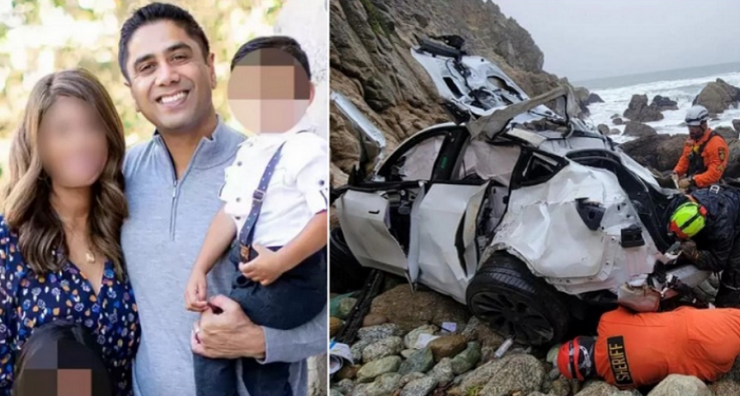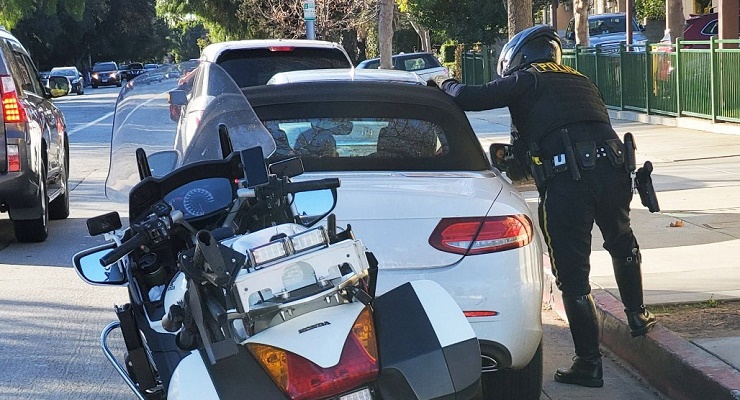Arroyo Seco Foundation members and the public can get updates on the planned excavation of 2.4 million cubic yards of sediment from the Devil’s Gate reservoir basin, which environmental groups say could ruin a “biologically valuable stream habitat,” during the Foundation’s quarterly meeting this Wednesday.
The event promises to be an exciting and inspiring exploration of the potential for restoring the Arroyo Seco River and Watershed to its full and future glory. Several leading experts will offer their perspectives and plans for a renewed Arroyo.
 “A variety of experts will fill you in on the potential for long-term, sustainable stream and habitat restoration in the Arroyo Seco from the San Gabriel Mountains to the Los Angeles River,” a statement from the Foundation said.
“A variety of experts will fill you in on the potential for long-term, sustainable stream and habitat restoration in the Arroyo Seco from the San Gabriel Mountains to the Los Angeles River,” a statement from the Foundation said.
The official agenda includes an overview of the Arroyo Seco restoration project and an update on the lawsuit to stop the excavation program as planned by the LA County Flood Control District.
This event will also include a report and discussion about County Flood Control District’s “mitigation” program for their massive Big Dig sediment removal and trucking operation in Hahamongna Watershed Park.
Last week, county officials attempted to explain to Pasadena area residents that the sediment-removal plan is necessary because the Los Angeles Basin is naturally vulnerable to flooding.
Ar public meetings, Keith Lilley, Senior Civil Engineer at the Water Resources Division of LA County Public Works, explained that with the current sediment problem at Devil’s Gate, a major storm event, or what he termed a “50-Year Storm” event, could cause massive floods along the portions of the Arroyo Seco in Pasadena, South Pasadena, and Los Angeles, impacting approximately 650 parcels and requiring closure of the 110 Freeway from Orange Grove Avenue to the 5 Freeway.
More than 75 local residents were at the first public meeting last Wednesday at Jackson Elementary School. During an unofficial show-of-hands survey, approximately 65 percent of the audience was against the project. When questioned as to how many were in favor of the project, only three hands went up.
Many local activists are not convinced the project is necessary and would not consider assurances from county officials that the plan would not harm or eliminate local species.
They believe the project, called “The Big Dig” in Pasadena community circles, could have very serious multi-year repercussions on the local animal and plant habitat – especially on endangered birds – as well as the impact of trucks and traffic on the nearby community.
“Mother Nature has been in quality control and product development for millions of years longer than we have,” said biologist Lori Paul, a local resident who is opposed to the project. “We’re paying millions of dollars to take out accumulated sediment here, when we are also paying millions of dollars to truck in sediment down at our beaches… This is absurd. The system of the mountains is supposed to work by bringing sediments down and sluicing them in various sizes to form stream sites and riparian habitats all the way down to the beach.”
The Pasadena Audubon Society has been busy getting people to oppose the sediment-removal project since it was first introduced. They plan to appear at the Foundation’s meeting on Wednesday.
“We wanted to get the word out to our supporters about three big issues,” said Laura Garrett, Conservation Chair of the Audubon Society. ““One is that the County has applied for an incidental take permit on the Least Bell’s Vireo, a federally protected an endangered bird. Secondly, we now don’t understand why they need to take out 2.4 million cubic yards of dirt when before 1.67 million cubic yards of dirt was fine. And last, we now suspect that this project is only step one of the county’s much bigger project which is to run a five mile water pipe from Hahamogna to Eaton Canyon.”
The Society and ASF filed a lawsuit in 2014 to challenge the project after it was approved in November that year by the county’s Board of Supervisors. The group said the sediment haul project would destroy part of a biologically valuable stream habitat in the process of bringing sediment levels way lower than the Hahamongna Basin historically held since the 1930s.
“This is rich, biodiverse habitat and it’s regionally important because it’s so huge. We want to protect it,” said Garrett.
Wednesday’s ASF quarterly meeting will be from 7 to 9 p.m. at the Donald Wright Auditorium, Pasadena Central Library, at 300 E. Walnut Street.














 0 comments
0 comments


